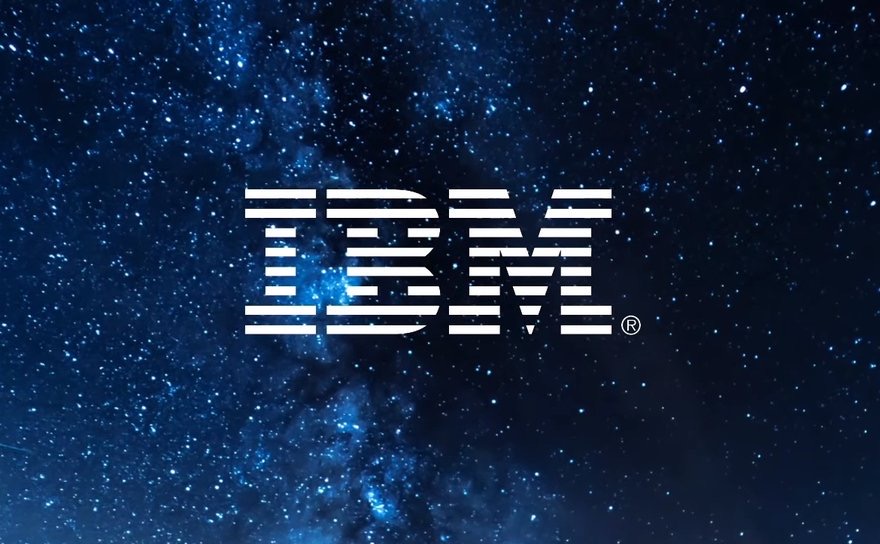IBM has officially announced the launch of new storage capabilities that are designed to give clients choice and control in the data center to maximize performance. Headlining the stated development is a new IT life cycle management solution called IBM Storage Assurance, which basically presents access to IBM FlashSystem hardware and software innovations in a subscription format. By doing so, it conceivesregular hardware and software upgrades, and at the same time, addresses downtime, disruptive migrations, and recurring purchases. Such a mechanism also goes a long way to minimize procurement obstacles and traditional storage lifecycle management challenges. Talk about the whole value proposition on a slightly deeper level, we begin from the prospect of using comprehensive updates across drives, controllers, software, etc., to realize hassle-free whole system refreshes. Next up, we must get into the system’s knowhow in the context of helping you proactivelyplan your storage needs. This it does through a cutting-edge all-NVMe FlashSystem portfolio designed for the most performance and data-intensive workloads supporting today’s businesses. Moving on, users who opt for the stated technology can also access IBM’s patented computational storage architecture enabled with hardware-accelerated and AI-augmented cyber threat detection to protect their business, applications, and data.
“IBM Storage Assurance challenges the status quo of enterprise storage with a program that delivers client focused guarantees, computational storage with AI-powered data services, and an all-inclusive software integration designed to address customers’ most pressing problems, including a path for them to adopt future innovations from IBM,” said Denis Kennelly, General Manager of IBM Storage. “As organizations feel increased pressures to maximize financial resources, improve operational agility, adopt energy efficient solutions, and safeguard their data, we are delivering with our intelligent, and simple all-flash portfolio.”
Hold on, we still have a few bits left to unpack, considering we still haven’t discussed how IBM Assurance Storage leverages a design which is specifically made to facilitate non-disruptive migrations. Furthermore, we referred to the product’s commitment towards providing optimal security, but what we still haven’t mentioned it the facility to safeguard storage purchases with a subscription containing performance and lifecycle-based hardware, as well as software upgrades, that materialize over 4- or 8-year terms. .There is also a fair amount of flexibility in play when it comes to contracts, something which reveals itself once you consider the technology’s ability to receive a trade-in credit for out-of-cycle upgrades.
Markedly enough, IBM also took this moment to launch a IBM Flash Grid technology and Policy Based High Availability enhancements. With FlashSystem, the idea is to help clients aggregate IBM FlashSystem devices and manage them as a single scalable storage grid. This grid, in turn, will be engineered for high availability, replication, and non-disruptive application data migrations. Apart from that, the given system also promises AI-powered workload simulation to determine the best placement for workloads on the IBM Flash Grid. As for the Policy Based High Availability enhancements, they provide easy-to-use, high-performance solutions for disaster recovery by enabling the system to automatically deploy and manage replication between two systems with minimal overhead, higher throughput, and lower latency. For the future, though, IBM’s plan is to improve on these features and support highly available storage with replication to a third system, and also simplify the tasks associated with configuring, managing, and monitoring replication.
The development in question provides an interesting follow-up to one TechTarget’s Enterprise Strategy Group research, where it was claimed that nearly 48% of companies expect to increase their IT spending in 2024.













